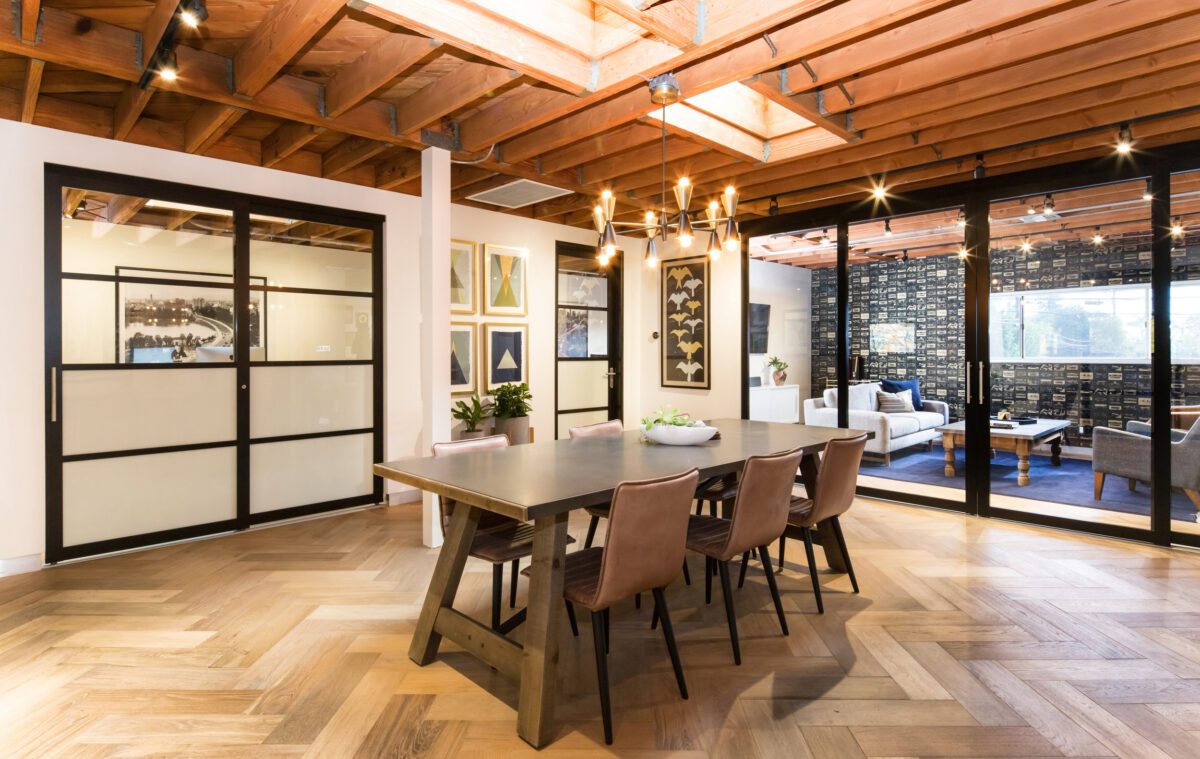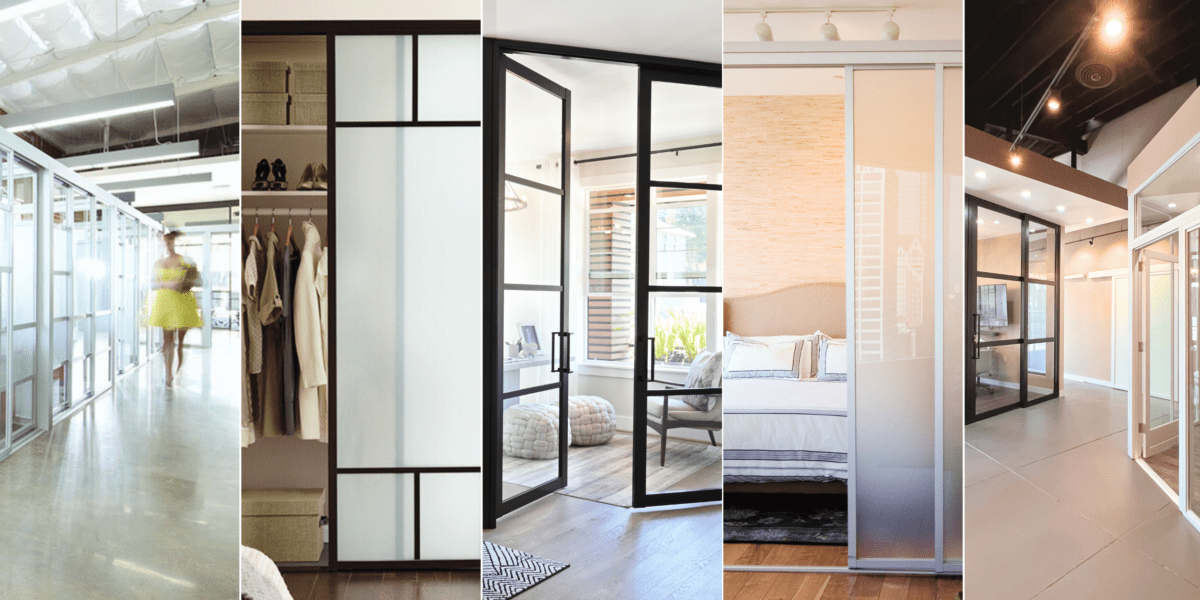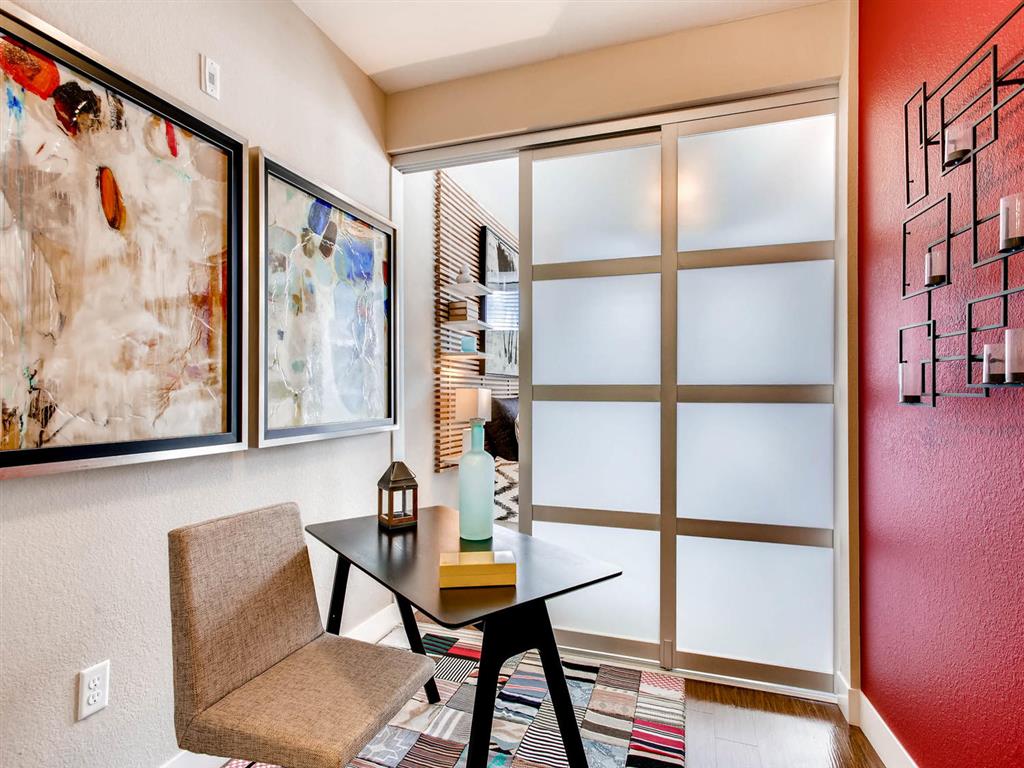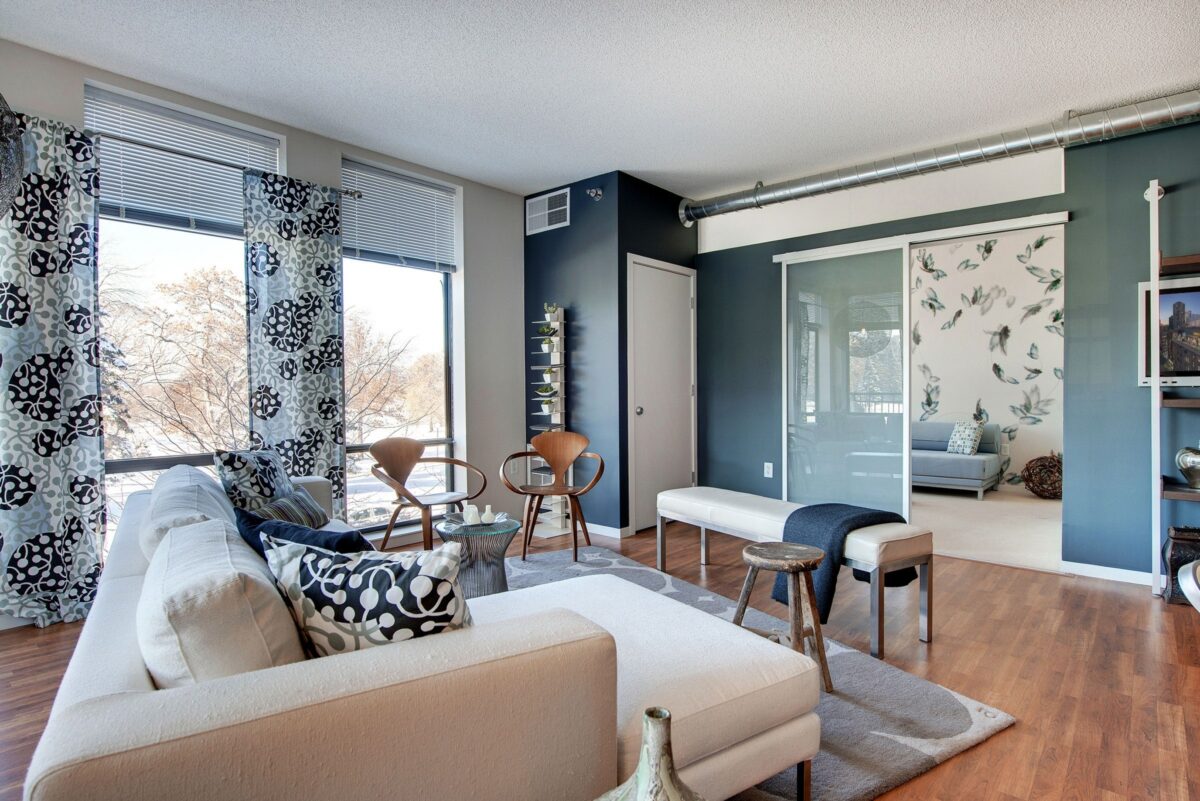Upgrading your home is a balancing act. You want to improve the aesthetics, comfort, and value of your home, but believe it or not, it’s possible to overdo it.
Your neighborhood and the other homes in it help shape the value of your home. Too many improvements could end up pricing your home out of the neighborhood it’s in. That’s why it’s important to consult with real estate and design experts to determine if your vision is reasonable for your neighborhood, even if your plan is to stay in your home long term.
So, what upgrades will bring the wow factor without breaking the bank or pricing you out of your ‘hood? Let’s explore.
1: Interior doors.
Flimsy hollow doors are standard in many homes because they’re inexpensive and easy to install. While they provide basic privacy, they’re difficult to refinish because of their thin veneer, and they do nothing to improve the aesthetics or resale value of your home.
Sliding glass barn doors are practically a fixture of modern homes today, and for good reason; they take up less space and they add instant visual appeal. Glass interior doors are also versatile, flexible and can open or close your home’s floor plan in seconds.
Solid wood doors are a good choice for bedrooms and bathrooms, but in tight spaces or areas where several doors open into the same space, suspended glass doors may be the better choice. In the end, both choices (wood or glass) will improve the look and resale value of your home.
2: Open floor plan.
“I love the walled-in look of this room,” said no one, ever. Open floor plans have been popular since the days of “Leave It to Beaver.” Their breezy character makes a home feel larger and allows for unimpeded airflow and more light penetration.
Surveys show people favor a completely open design or a layout that is partially open around the living room, dining room, and kitchen. Opening up your floor plan will make your home more comfortable and improve its resale value.
There’s such a thing as too open, though. You don’t want your home to look like the floor of a warehouse! You still need definition between rooms. Glass room dividers are great for this; they help define spaces without creating a closed-off look or blocking light. Their contemporary design means they can be incorporated into any home style, from modern farmhouse to coastal to industrial.
3: Exterior stone accents.
You don’t need a full stone façade to boost the aesthetics of your home’s exterior. Replacing siding on the bottom third of the street-facing exterior wall of your home with real stone or even a manufactured stone veneer is all it takes to dramatically improve curb appeal.
A partial installation is a smart choice, not only for cost but also because it’s less likely to require structural changes like strengthening the foundation at the front of your home to support the weight of the added stone.
The 2019 Cost vs. Value report shows the average cost of adding manufactured stone veneer at $8,907, and you can expect to recoup around $8,449 (94.9%) in increased resale value.
4: Minor kitchen remodel.
A modern, functional kitchen not only adds value to your home, it also boosts your enjoyment of the space. Prepping and cooking meals, entertaining friends, and sharing meals with family are better in a space you love.
A minor remodeling project will include things like replacing kitchen appliances, refacing cabinets and replacing door/drawer hardware, installing new countertops, installing a new sink and faucet, repainting, and replacing flooring. It typically won’t involve changing the layout of the space.
There also is no major construction required to install a glass room divider. Bottom track laid down with silicone glue and no drilling into the flooring for a straight wall to wall room divider! The weight of the solution is down at the bottom, so nothing is structural from above. The top track is only an alignment guide, not weight baring and no downtime required.
According to the 2019 Cost vs. Value Report, the average minor kitchen remodel costs around $22,000, and you can expect to recoup about $18,000 of that (80.5%) in resale value. Depending on where you live and buyer demand in your neighborhood, you could recoup even more.
5: Minor Bathroom Remodel.
The average homeowner spends a lot of time in the bathroom, so it makes sense to upgrade this important space. While you’re less likely to recoup the full cost of a bathroom remodel when you sell, your enjoyment of the space is also an important factor.
Design experts recommend using traditional all-wood cabinets, natural stone floors, and stone countertops. Walk-in showers are in high demand, these days, over whirlpool tubs (who has time to take a bath anymore?). Another word to the wise: If your home has only one bathroom, better to spend your money on a second bathroom than remodeling the existing one.
6: Garage upgrades.
For most families, a garage isn’t just a place to park and store vehicles; it’s an important extension of the home. Whether you use it to store off-season sports gear and holiday decorations or as a project workspace, a man cave/she shed, or even a home office, upgrading the space pays off.
Replacing an old garage door with an updated model is at the top of the list of upgrades with good ROI when it comes time to sell your home. The average cost to replace a garage door is $3,611, and its average resale value is $3,520 (97.5 percent).
7: Room additions.
If you live in an in-demand housing market, adding on one or more rooms could be a worthwhile investment. Every square foot you add to a home boosts the sale price by more than 30 percent—nothing to scoff at.
However, the details matter. Data show that the cost of a two-story addition is typically recovered when a house is sold, but there’s no guarantee. If you have a sprawling property, adding onto a first floor makes sense. If the property is small, expanding the first level can eat up precious outdoor space for kids and dogs and may detract from your home’s appeal when it comes time to sell.
Resale value isn’t the only consideration, though. Additions can greatly improve your quality of life and enjoyment of your home, especially if you have a larger family.
Adding on is a good option if you have a budget for renovations but you can’t afford a larger home in your neighborhood or don’t want to move. At the end of the day, it’s a decision you need to weigh carefully after consulting with an expert.
Put the Finishing Touch on Your Space with Contemporary Sliding Glass Doors
Whether you’re redecorating a single room or taking on a major renovation, The Sliding Door Company can help you create functional, beautiful spaces. Our sliding glass doors and room dividers are unrivaled for their simple sophistication and refinement. They’re an ideal choice for the modern home.
Our experts can create custom doors and room dividers to your specifications that perfectly suit your needs. We’ll help you choose from our ample selection of frame designs, glass types, and hardware to create the perfect look.
Visit one of our many showrooms located throughout the United States or schedule a consultation today. We look forward to helping you with your project!


 PARTITION WALLS
PARTITION WALLS CLOSET DOORS
CLOSET DOORS WALL SLIDE DOORS
WALL SLIDE DOORS SWING DOORS
SWING DOORS BI-FOLD DOORS
BI-FOLD DOORS BARN DOORS
BARN DOORS SUSPENDED DOORS
SUSPENDED DOORS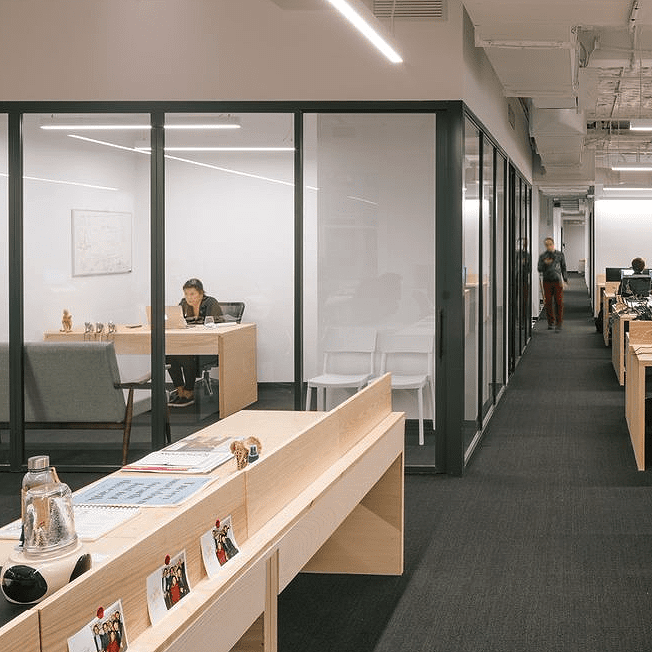
 HOSPITALITY
HOSPITALITY CO-WORKING
CO-WORKING HEALTHCARE
HEALTHCARE BRICK & MORTAR
BRICK & MORTAR EDUCATION
EDUCATION MULTI-FAMILY
MULTI-FAMILY BECOME A TRADE PARTNER
BECOME A TRADE PARTNER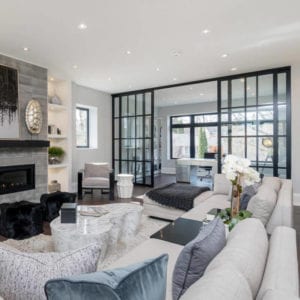
 PARTITION WALLS
PARTITION WALLS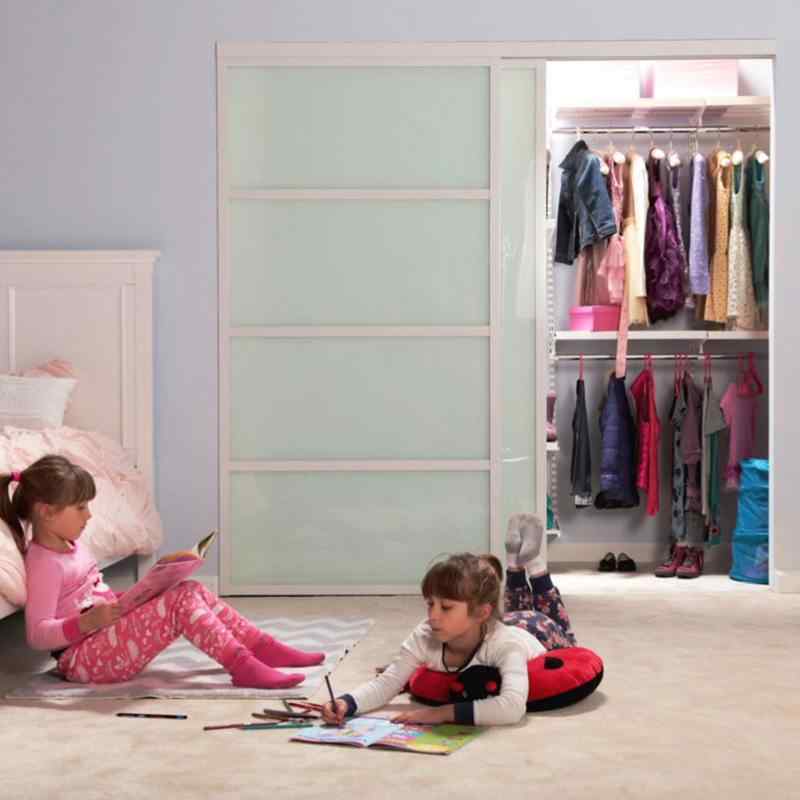 CLOSET DOORS
CLOSET DOORS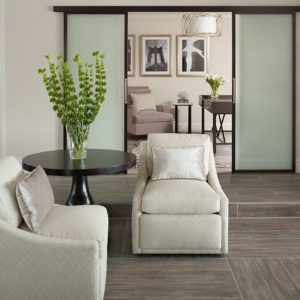 WALL SLIDE DOORS
WALL SLIDE DOORS SWING DOORS
SWING DOORS BI-FOLD DOORS
BI-FOLD DOORS BARN DOORS
BARN DOORS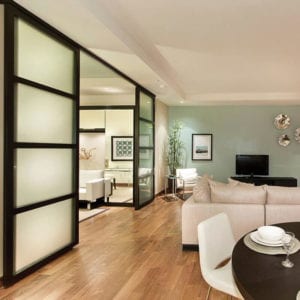 SUSPENDED DOORS
SUSPENDED DOORS

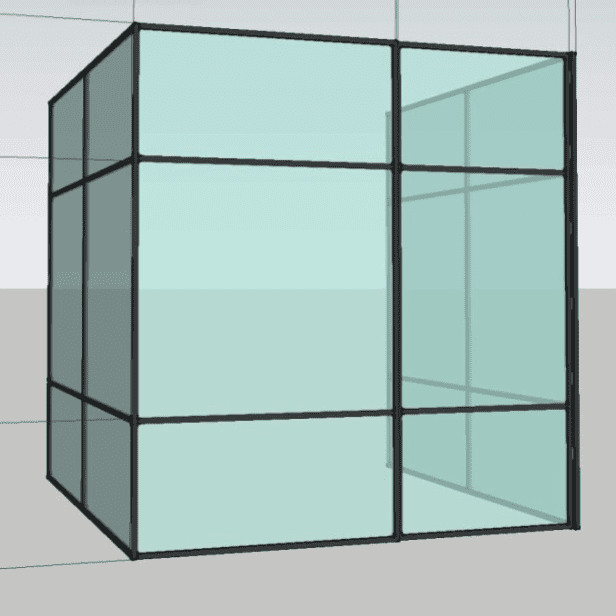


 10 REASONS
10 REASONS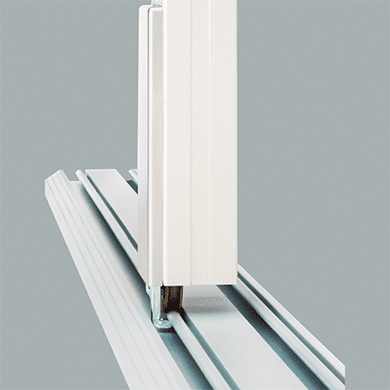 OUR PATENTS
OUR PATENTS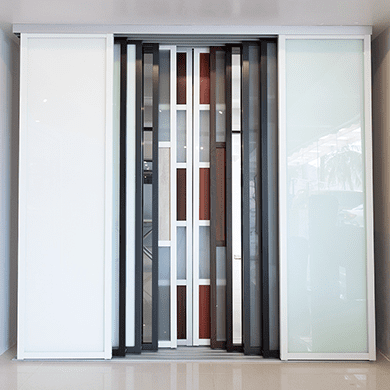 OUR PROCESS
OUR PROCESS OUR WARRANTY
OUR WARRANTY WHO WE ARE
WHO WE ARE CAREERS
CAREERS